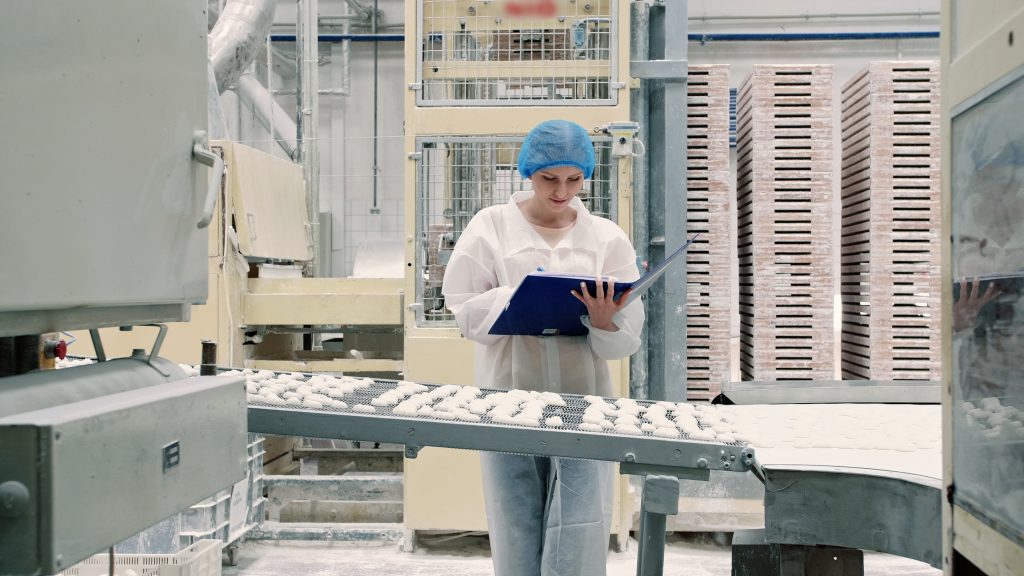
Episode 3: Long Term Planning of Validation & Verification
Episode 3: Long Term Planning of Validation & Verification
In this episode of our Validation and Verification series, we focus on the long term aspects of validation within organizations and the best ways to approach and plan for improving these larger aspects of an organization when invalid conditions are found or where improvement is sought.
We will be touching on verification where we can, but one of the main difficulties in performing validation assessments on long term aspects of an organization is that verification is difficult to perform. Before we explore these topics in a facility, let’s redefine validation for these larger factors in our daily lives.
Validation in our Daily Lives
Looking at validation of the larger facets in daily life include our approaches to mental health or therapy, lifestyle changes, career choices, where we live, who we associate with and other personal decisions that have profound effects on how we live our lives.
Assessing validation in our lives is a tricky concept because validation can apply to any number of levels of our lives. For example, we may live in a valid home, with valid friends and relations, but professionally things are not valid, which will affect the other parts of our life. Further complicating these considerations is that verification in our personal life may not be something we can structure, and looking for patterns or signs of validation to verify may not be within our control. So with that, we are going to focus on operations within a business to identify some of the underlying sources of validation, which are the key business decisions and core values.
The Foundation of Validation in a Business
The foundation of validation in a business operation is the space we operate in, the equipment we work with, the timing of operations, and the materials and workers. Notice that the order of this list goes from the actions which are hardest to change to the actions that are easiest to change. As we examine these core parameters of validation, we can see where we have greatest control in the short term, and it is in the long term where we have the least amount of control.
As a result, validation for long term factors requires planning, discipline and regular review to maintain. Verification of these activities requires creative review processes and collaboration from several people. Much of the validation consideration in a business requires examining decisions made early in the development of the business, and as a result, may not be something that can be changed.
Much consideration should be made to how early business decisions are made, and regular evaluations of the business structure are crucial to getting a full picture of validation in a facility.
Validation and Layout Considerations
Moving on towards factors more in our control, we need to examine the space the business operates in. Consideration of how the business functions within the space gets to the root of why people behave the way they do within that space. If the facility is a large open area, it will affect behaviors and practices significantly in comparison to spaces that are smaller, with many rooms, hallways, walls and doors. To go along with these considerations are placement of electrical lines, water pipes, air circulation, placement of bathrooms, dock doors, roll doors and man doors. These are crucial to understanding and assessing validation of a system, and the most likely to be unchangeable.
Whether we have the resources and capital to make changes to the facility and utilities should not prevent us from examining them critically as part of validation assessment. We are very aware that it is extremely difficult in most cities to find available space that is properly zoned and located in a desirable area, and finding the perfect space is not realistic for all but the largest businesses. However, identifying and assessing how these limitations affect daily operations is of critical importance for protecting and bettering our business.
Validation of Equipment
An additional factor for consideration and assessment in long term validation is the critical equipment built and installed in the facility. For simple operations like storage and distribution, transloading or assembly, there may not be any complex machinery, and validation is easy to achieve. However, any machinery embedded in the operational flow creates a critical focus for validation.
Equipment in operations may be custom fabricated for specific functions, such as automated fill and packaging machines, or equipment may be generic, such as a robot arm or fork lift. Each of these types of equipment may be a source of validation or invalidation depending on how they fit into an organization.
Where equipment is invalid, we can expect regular breakdown or malfunction, leading to down time, frustrating maintenance work, inconsistent work schedules and delays in finished product.
The Effect of Materials on Validation
Along with the equipment we use in operations, the materials used in production may not be something that can be easily changed, and should be considered as a long term planning in regards to validation.
An example of this is the requirement to use metals such as aluminum in packaging or lids. This is done for functional or cost reasons, and that metal material will create validation issues where foreign object controls are required. The reason for this is that metal used in packaging cannot be run through a metal detector, as each package will set off the metal detector and be rejected. Without the option of metal detection, facilities required to perform foreign object detection must select an x-ray machine, which are both significantly more expensive and more complex to operate. Materials may also affect validation in long term planning where access to specialty materials are limited, leading to long lead times when ordering.
Validation and Renovations or New Builds
In order to achieve long-term validation some companies might choose to make renovations to their facility or to build a new facility. Substitute materials or redesigns in product and packaging may also be performed to address validation.
Some of these fixes are able to be made without a large amount of capital expenditure, as we find when all it takes to improve long-term validation is to put up a single wall or to add a sink in a key area. For facilities with significant issues creating invalid conditions, simple fixes may not be sufficient. Changing one aspect of operations to attempt to create valid conditions may create invalidation in other areas of the facility. This is frequently the case where space is a constraint, as moving and reconfiguring in a tight space may fix one aspect of operations, but cause new problems in other ways.
In order to properly assess validation of operation and management systems, we must identify where these long term planning factors affect validation, so that budgeting and planning for future changes may allow operations to achieve or improve conditions for validation in the organization.
Free Validation & Verification Assessment Log Download
In our next video, we’re going to look at short-term planning for validation and verification, meaning, we will examine the sources and methods of validating systems, as well as the monitoring activities required to maintain valid systems once they are in place.
If you would like to discuss having Kellerman Consulting write and implement your food safety and quality management system program, contact us for a free consultation.
Validation & Verification Resources







